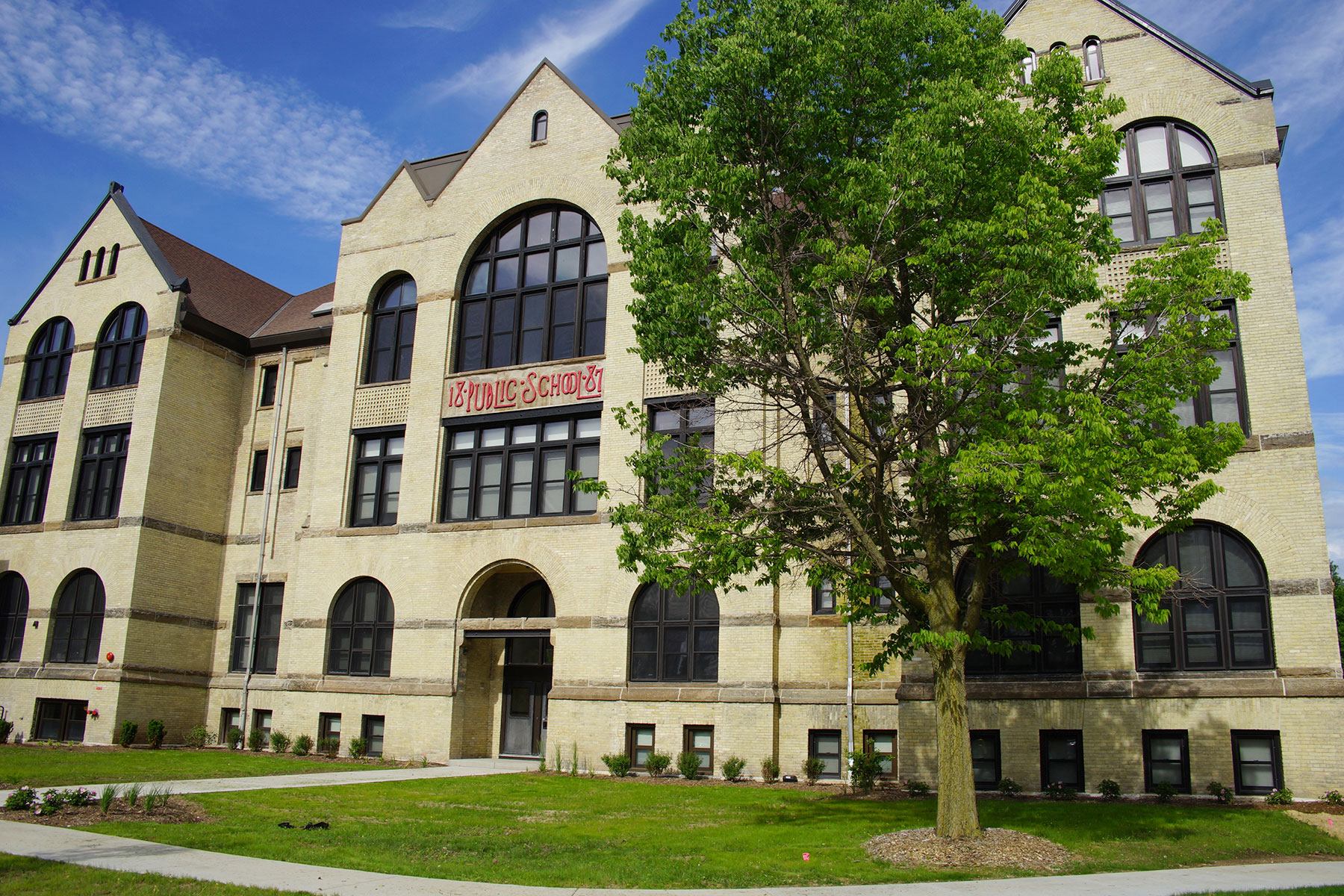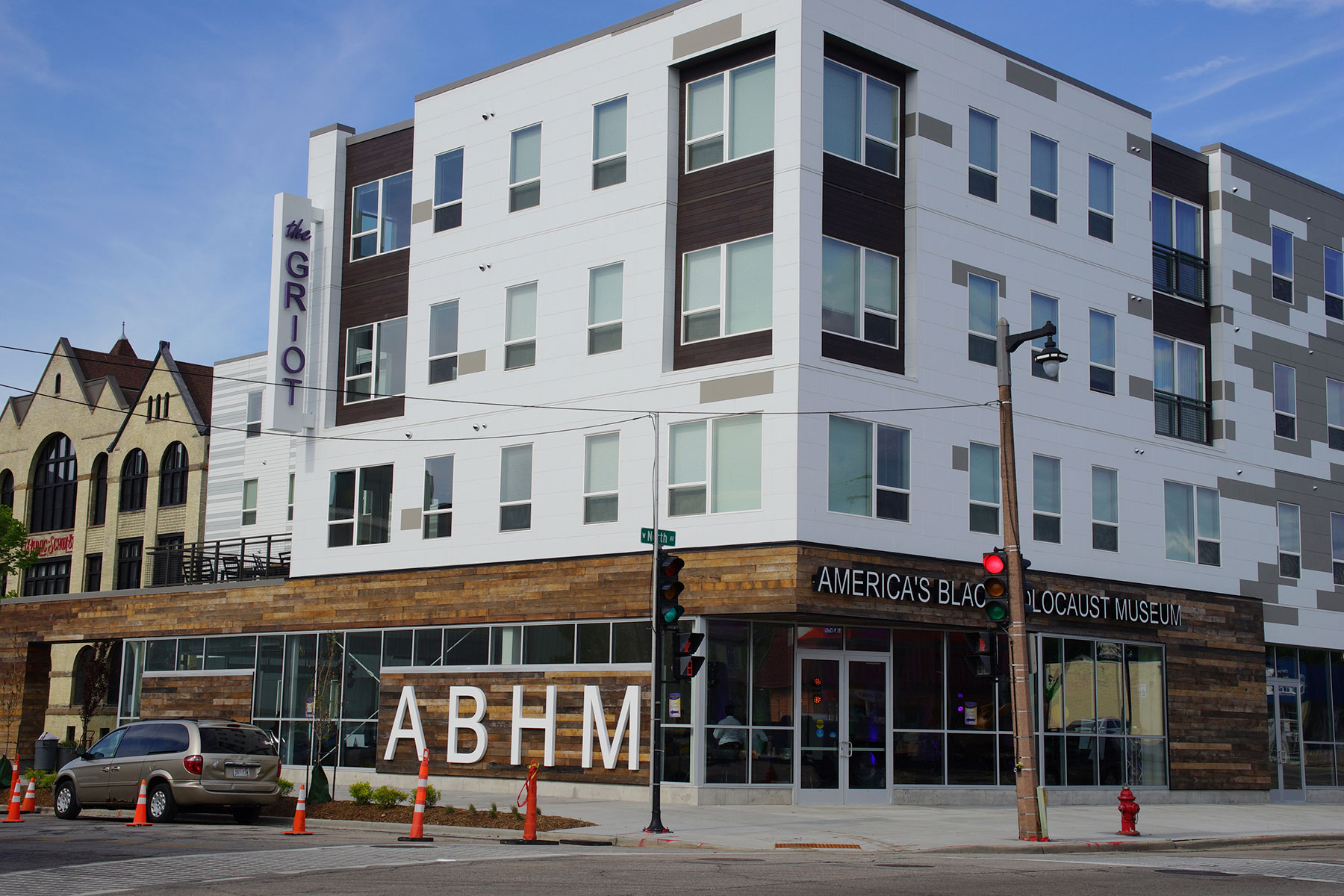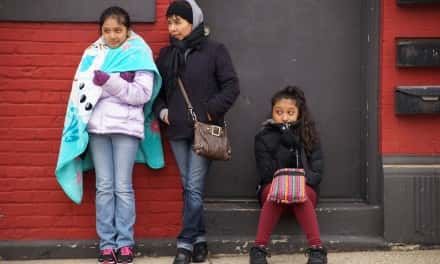
The low incomes of renters, rather than either rental prices or the availability of housing, is the greatest single barrier to affordable housing in Milwaukee County, according to a new report by the nonpartisan, independent Wisconsin Policy Forum.
The report, The Cost of Living: Milwaukee County’s Rental Housing Trends and Challenges, found that the median rental price in Milwaukee County “is stable and continues to be relatively low compared with surrounding counties and national peers.”
However, the report noted, Milwaukee County’s median household income is not high enough to afford the county’s median rent. As a result, roughly half of the county’s renter households are “rent burdened,” meaning they spend more than 30% of their income on rent. Among those Milwaukee County households that are “rent burdened,” more than half spend at least 50% of their income on rent.
The rent burden affects African-Americans at nearly twice the rate of white residents in Milwaukee County. Similar disparities exist in surrounding counties; in the four-county Milwaukee metro area, 40% of African-American households spent at least half of their income on rent, compared to 21% of white households.
Drawing on recent U.S. Census Bureau data, the report examined rents and housing availability in Milwaukee and neighboring counties, as well as in Dane County and peer counties nationally. In general, the median cost of renting a home in Milwaukee County is not particularly high compared to the U.S. and other large counties, and there is a sufficient supply of available rental units to meet overall demand.
However, in light of the low incomes of many renters, the WPF analysis finds there is a significant gap in available units to meet their demand. While 42% of renter households in Milwaukee County earned less than $25,000 per year in 2016, only 9% of rental units charged monthly rents those households could afford. For households earning less than $25,000 annually, there was a shortage of roughly 63,000 units in 2016, up from about 50,000 in 2005.
The impact of the rent burden may be felt more acutely in Milwaukee County because it has the highest percentage of renter households in the Midwest, the study found. More than half (50.6%) of Milwaukee County households rented their homes in 2016; only 10 counties in the U.S. of similar or larger populations had higher rates of renting that year. Both in Milwaukee and nationally, the share of households renting instead of owning rose between 2005 and 2016.
While not as severe as in Milwaukee County, rent burdens are also growing in some surrounding counties as well. The share of rent burdened households in Ozaukee and Washington counties rose by 13.6 and 8.9 percentage points, respectively, between 2005 and 2016.
These trends complicate efforts to solve Milwaukee County’s affordable housing challenges. “On the one hand, they point to the need for policymakers to increase the supply of housing that will be affordable for extremely low-income households. On the other hand, they raise more difficult economic and workforce development policy dilemmas, given that low incomes, rather than high rents, appear to be the primary issue,” the report noted.
As a result, many of the potential solutions to the issues raised in the report may require federal or state action, such as increasing access to housing vouchers or taking steps to raise household incomes.
At the local level, future solutions will likely require greater public-private collaboration, the report suggested. Recent efforts by Community Development Financial Institutions (CDFIs) and the city of Milwaukee’s use of tax incremental financing (TIF) have expanded the availability of affordable housing.
Wisconsin Policy Forum
Lee Matz















